While thermal cameras can be used for positive reasons, they can also be used in the wrong hands, which means surveillance all around you is getting more in-depth. If you had your hands on a smartphone and that smartphone is then photographed by a thermal imaging device, it will show infrared spots on the smartphone indicating where you touched it. The brighter an area appears on a thermal image, the more recently the smartphone was touched.
Criminals and hackers can use this imaging to scan a keyboard, ATM, or smartphone, revealing the heat signature left on those devices so that they can figure out PINs and passcodes to your private information.
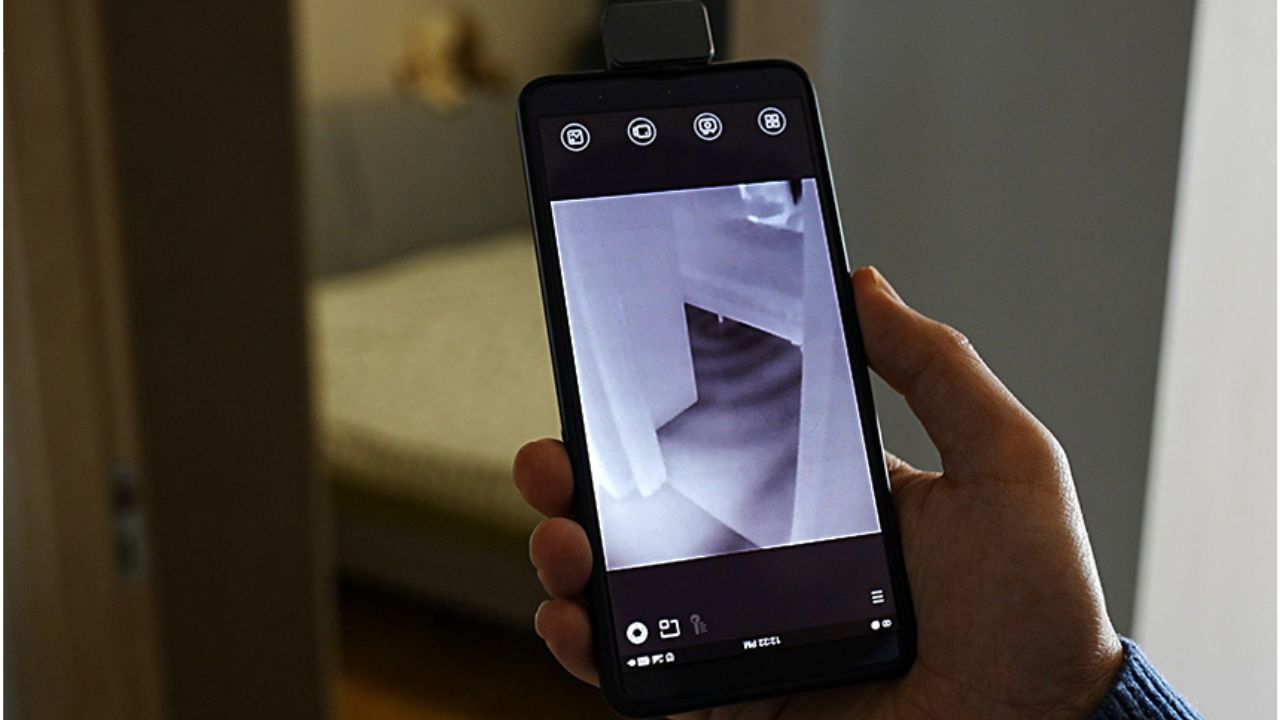
Credit: InfiRay
Can thermal devices see into my home?
Unfortunately, a criminal could use these thermal detection devices to see inside your home, as the devices can potentially be used to see through walls and reveal what’s inside your home without you even realizing it. However, the ability to see clearly into a home would depend on the specific device and its capabilities, as well as the thickness and composition of the walls.
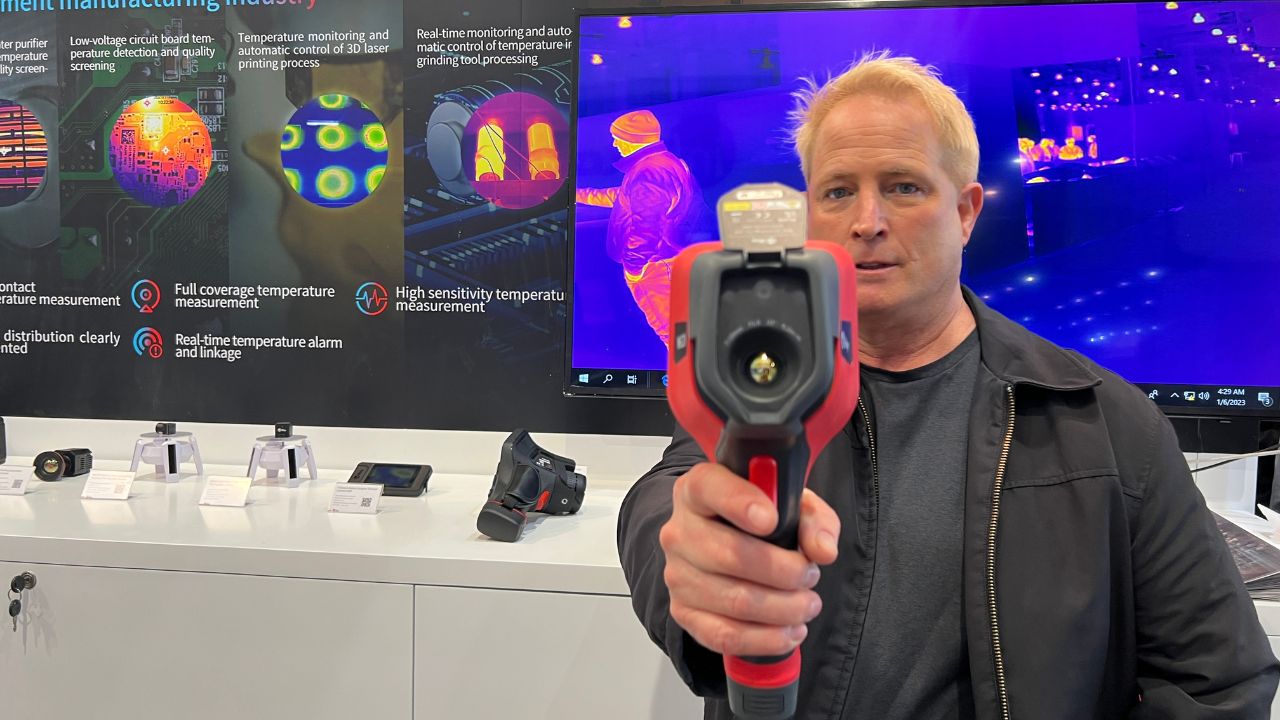
Can thermal devices see through my clothes?
Thermal imaging devices detect infrared radiation, which is emitted by all objects with a temperature above absolute zero. They do not “see” in the same way visible light cameras do and instead create an image based on the differences in temperature between objects.
Clothes do not block infrared radiation, so a thermal imaging device could detect the heat emitted by a person’s body even if they are wearing clothes. However, the image created by the device would not show details of a person’s body. Instead, it would show the person’s heat signature as a whole.
Is it easy to obtain a thermal detecting device?
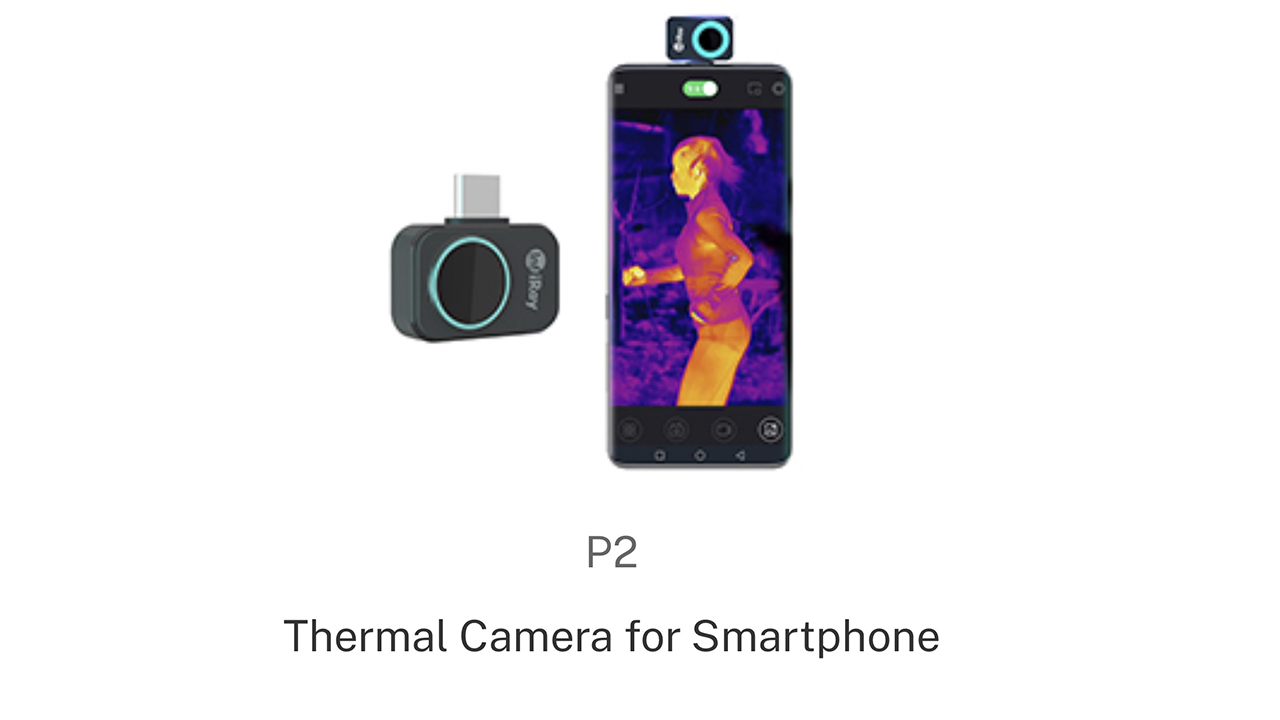
Photo Credit: InfiRay
Criminals can just buy these imaging devices online and begin violating your privacy whenever they want. Some are sold as smartphone attachments, like the ones from InfiRay. It can be attached to an iPhone or Android to act as a sort of night vision device. And what’s even worse, these thermal imaging devices can be found for as low as $150, so they are more affordable now than ever.
However, it’s important to note that these thermal imagining devices are used in various industries such as security, firefighting, and infrastructure inspections – not just in violating privacy and were designed for legal use. Not criminal activity.
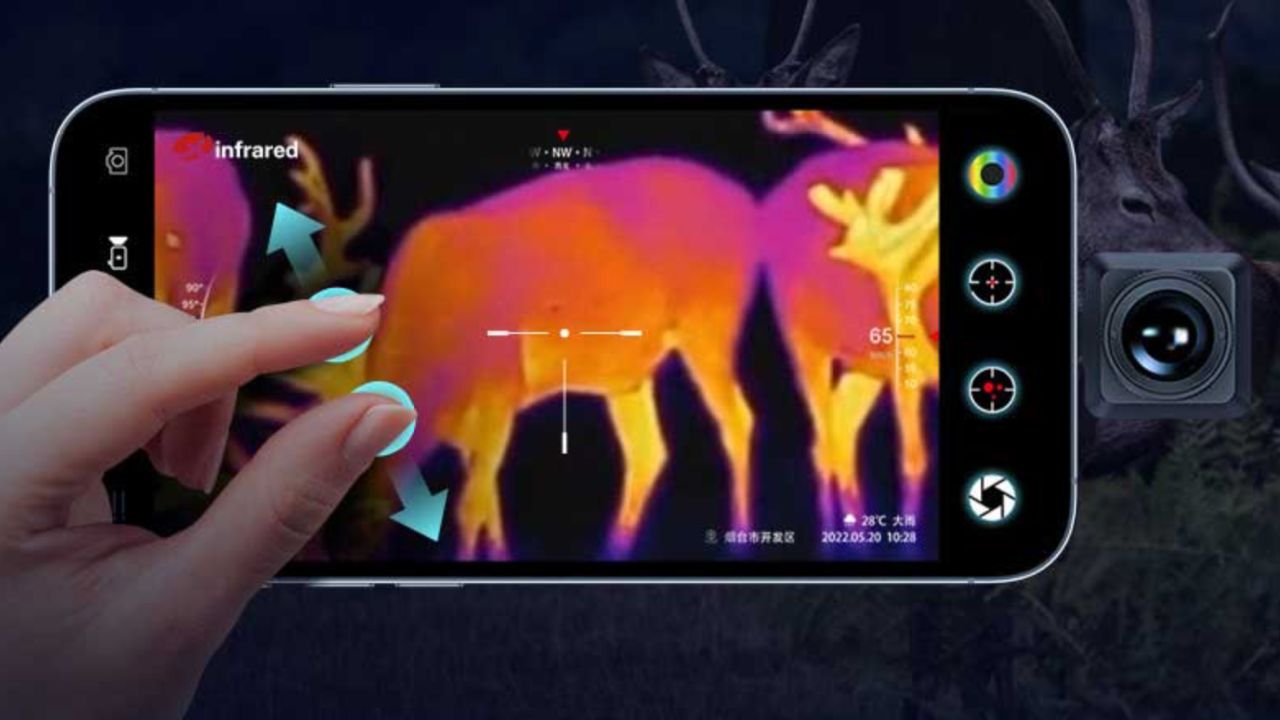
Photo Credit: InfiRay
InfiRay also created this handheld thermal imager that is designed for building scanning, automotive, and other machine checks.
I checked these devices out at CES 2023, and while they’re pretty impressive – as I mentioned, they can also be used by criminals to steal valuable information from you.
How can I protect myself and my home against thermal imaging devices?
- Use thermal-blocking materials such as aluminum foil or special thermal-blocking paint to cover windows and walls
- Install thermal curtains or blinds to prevent thermal imaging from entering your home
- Use a thermal imaging camera to detect the presence of thermal imaging devices and locate their position
- Be aware of your surroundings and be on the lookout for anyone who may be using thermal imaging devices
- Consult with an expert in the field of thermal imaging and countermeasures for further guidance and advice
Albeit these are extreme solutions to a growing concern.
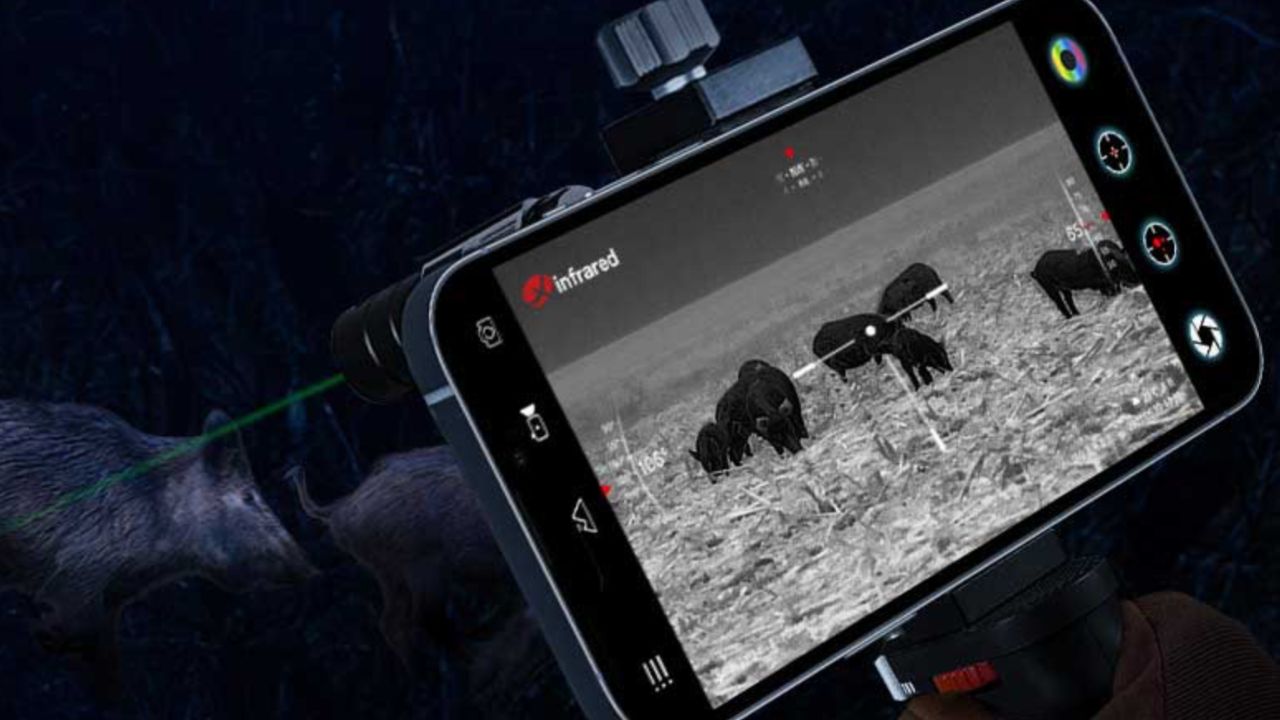
Credit: InfiRay
Related:
- Amazon offers advice to Ring users with angry neighbors
- What is two-factor authentication and why should I enable it?


